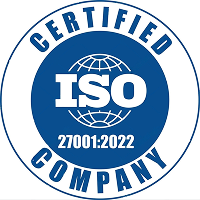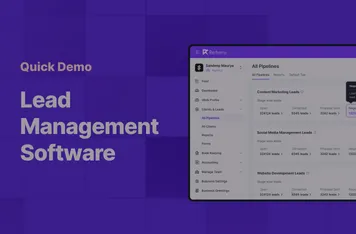We Are Rated ⭐ 4.3/5 based on 783+ Ratings
Transform Your Lead Management Process
Capture Leads, Nurture, Convert and Track Your Progress - All In One Place
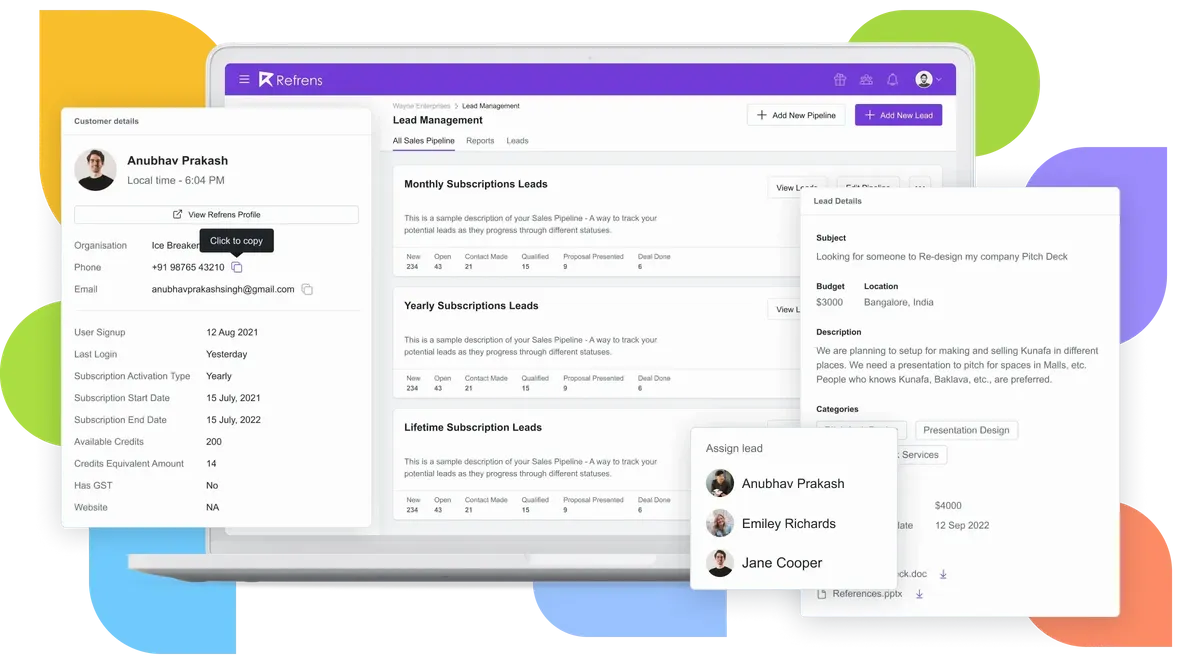
Convert more leads, faster with our 3-step system
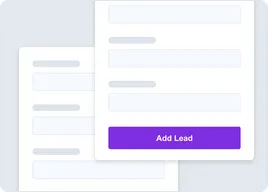
Capture Leads Like a BossReduce turnaround time and automatically capture leads faster than a speeding bullet - from any source!
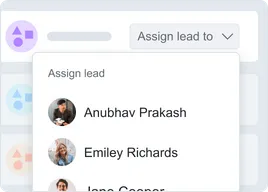
Nurture Leads to SuccessSegment, assign, and communicate with leads over WhatsApp and Email. Keep track and set auto-reminders

Drive ClosureEnsure timely follow-ups at every stage of the lead. Create and track quotations in one click to close more deals faster and boost revenue
Streamline Your Sales Process with Refrens Leads CRM












See Why Our Customers Trust Us Before You Do

Instead of using multiple tools to manage leads and communication, Refrens helps me do it all in one place.

Refrens has exceeded my expectations in terms of ease of use and affordability.
RubitaFreelance Developer

I thought Excel was fine enough for me until I tried Refrens - It has completely won me over!
Shivansh TulsyanCEO, Binny Textiles

Refrens has made juggling multiple leads a breeze with easy segmentation and centralized communication.

After switching to Refrens, I no longer need to pay for 4 different software to manage leads, communication, accounting, and payments.
AnjaniFounder, Brown Mocha

A Complete Lead Management System for Growing Businesses
Stop paying for 5 different software when you can do it all in one on Refrens ABC!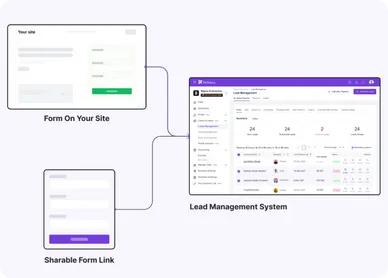
Lead Capture on Autopilot
With our lead capture on autopilot feature, you can sit back and relax as we seamlessly handle the lead capture process for you. Simply embed our user-friendly web forms on your website or share them as a link. By doing so, you enable a smooth and automated flow of leads directly into your lead management software. This effortless integration ensures that you stay focused on what matters most – your business – while we take care of efficiently capturing and organizing valuable leads on your behalf. It's a hassle-free way to optimize your lead generation process and enhance your overall business efficiency.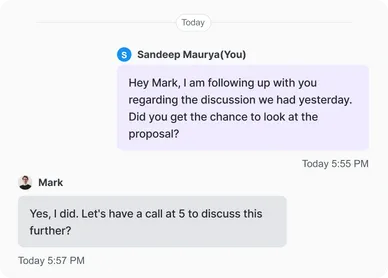
Say Hello to Centralized Communication
Bid farewell to the hassle of scouring multiple apps and inboxes for that crucial message. Now, keep all your communication organized and easily accessible in one centralized place. It's like having your personal communication assistant, minus the judgmental looks. This streamlined approach ensures that important messages are readily available, saving you time and effort while promoting a more efficient and stress-free communication experience. With everything in one place, managing your conversations has never been smoother.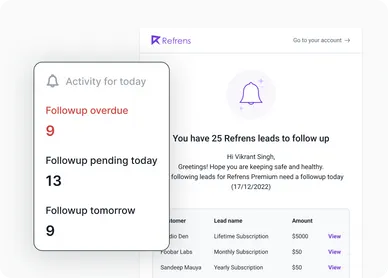
Don't Sweat the Follow-Ups
Say goodbye to the stress of remembering follow-ups with Refrens. Our lead management software comes equipped with automated reminders, taking the pressure off your shoulders. Consider us your personal follow-up fairy godmother. Let us handle the task of ensuring timely and consistent follow-ups, allowing you to focus on more critical aspects of your business. With Refrens, you can trust that no opportunity slips through the cracks, making your follow-up process more efficient and hassle-free.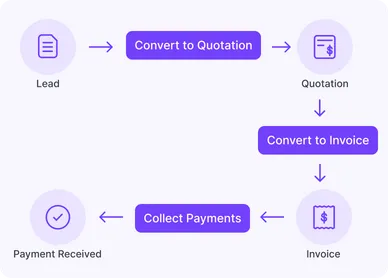
Lead Management Made a Breeze
Effortlessly handle leads, communicate with clients, send quotations and invoices, and collect payments, all within one unified platform. It's akin to having five different software solutions at your fingertips, seamlessly integrated without the headache. Refrens lead management software streamlines your workflow, allowing you to efficiently navigate through lead management tasks and various business processes. With everything consolidated in one place, you can focus on what matters most – growing your business – without the hassle of juggling multiple tools.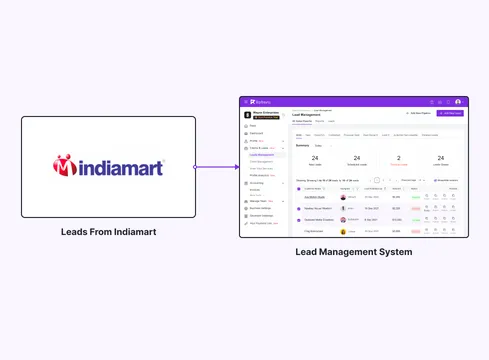
Capture IndiaMart Leads Into Refrens Automatically
Connect your account with IndiaMart to automatically capture all your leads data into Refrens. Manage leads, get detailed sale reports, send email & Whatspp messages, create quotations & invoices, and more. - all in just a few clicks!The smartest investors in the room are backing our vision.
People who understand money, match-making and all things Internet.
Vijay Shekhar SharmaFounder, Paytm

Anupam MittalFounder, Shaadi.com

Kunal ShahFounder, CRED
Company
Products
- Cloud Accounting Software
- |
- AI Accounting Agent
- |
- GST Billing Software
- |
- e-Way Bill Software
- |
- e-Invoicing Software
- |
- Invoicing Software
- |
- Quotation Software
- |
- Lead Management Software
- |
- Sales CRM
- |
- Lead to Quote Software
- |
- Expense Management Software
- |
- Invoicing API
- |
- Online Invoice Generator
- |
- Quotation Generator
- |
- Quote and Invoice Software
- |
- Pipeline Management Software
- |
- Invoicing Software for Freelancers
- |
- Indiamart CRM Integration
- |
- Billing Software for Professional Services
- |
- Invoicing Software for Consultants
- |
- Inventory Management Software
Refrens for CAs

Made with and in Bengaluru.
Refrens Internet Pvt. Ltd. | All Rights Reserved
This site is protected by reCAPTCHA and the Google Privacy Policy and Terms of Service apply.